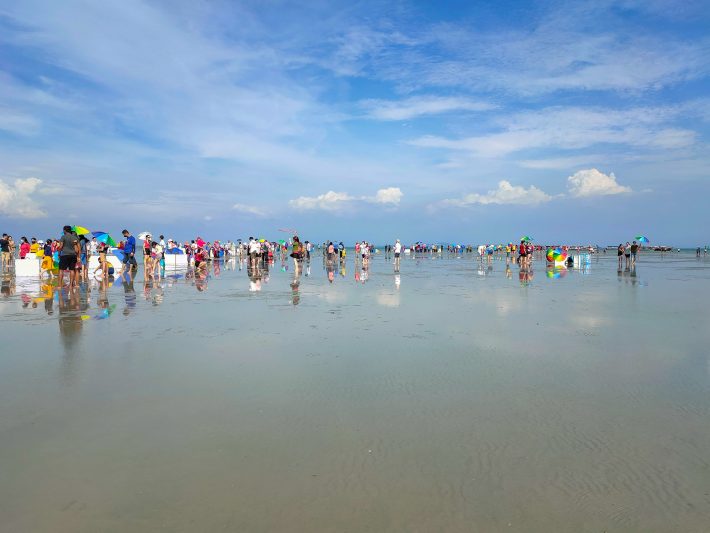Dr. P. Ravi Shankar
IMU Centre for Education
International Medical University
Kuala Lumpur, Malaysia
I waited patiently to cross the road.
There were long lines of cars punctuated by occasional motor bikes that do not always follow the rules; the line seemed never-ending. Once again the signal would have to turn red, and the long line of vehicles stop, before I could cross. I would have to be careful. The number of vehicles on the road was nearly back to pre-pandemic levels, and crossing was again becoming a challenge.

COVID had brought life in Malaysia to a standstill for over two years. The restrictions were slowly lifted as vaccination coverage increased and the ICU utilization rate and number of people requiring ventilation declined. During the first stage of the pandemic in March 2020 we were confined to our homes, and traveling, even within the city, required getting a special pass. Also, if you had a COVID case in your building it meant the entire building was sealed off from the outside world. Later, more freedoms were granted and travel within 10 km from home was permitted. Public parks were still closed and using public transport required a special letter from your employer. With the passage of time, the parks slowly reopened and the 10 km limit on traveling was lifted.
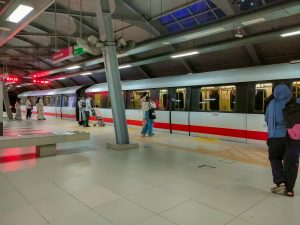
Then in October 2021, interstate travel was allowed without restrictions. Self testing kits for COVID started appearing in pharmacies and supermarkets. My first trip out of Kuala Lumpur was to the neighboring state of Perak and then to the historic city of Malacca (Melaka in Malay). International travel still required testing before travel and a five-day home quarantine after landing. Gradually more and more shops and restaurants reopened, and dining was allowed; during the peak of the pandemic, only take-out was permitted. You were still required to scan the contact tracing app (MySejahtera) on entering an establishment, and later a checkout feature was also introduced on the app. Temperature checks were also required.
In Malaysia, nearly all vaccination appointments were provided through the MySejahtera app developed to fight COVID. Vaccinations were well organized and updated quickly on the app and the vaccination certificate was generated easily. However, those vaccinated in other countries faced challenges in getting their vaccinations accepted into the system. Gradually agreements were finalized among different countries mutually recognizing each other’s certificates. The university where I am working gradually reopened; some small group sessions were done online while others were conducted face-to-face.
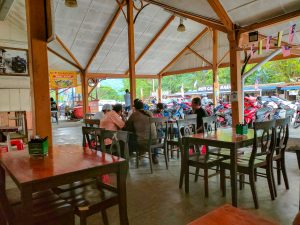
Countries were opening and there was pressure from the tourism and other sectors to remove restrictions and facilitate travel; Sweden was the only country that did not impose restrictions, and their mortality rate was not higher compared to that of countries with restrictions. The pandemic and associated restrictions had dented economic activity and people were suffering. Public health authorities do not take kindly to questions about whether the restrictions were necessary or their appropriate level, duration, and effectiveness, and weren’t predisposed to engage in another discussion on possible benefits and harms. Some restrictions cause minimal disruptions while others have a significant impact on normal life. The level of restrictions and requirements for testing varied across countries. Countries became suspicious of each other, and old disagreements were reignited.
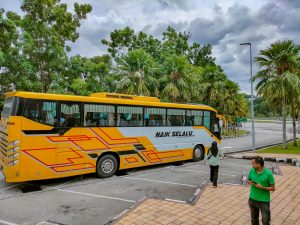
International travel was rendered difficult by testing requirements, suspicion, lack of interconnectability of the apps, quarantines, and people in hazmat suits, face shields, and face masks. In April 2022 the requirement for quarantine upon returning to Malaysia was lifted for international travel and I decided to visit my family in India. There was a requirement to do both a pre-departure test and a test within 48 hrs of arrival and upload the results on the app. A travel card also had to be generated through MySejahtera and shown at the time of boarding. There were conversations and complaints online about the test results not being uploaded by the laboratories in time; this was made easier by the development of a new app that allowed you to carry out and record the COVID test at home; the recorded video would be verified by a doctor and the results uploaded on MySejahtera. Mid-way through my visit to India the requirement for pre-departure and on-arrival tests was removed, though the travel card still had to be generated. Later even the card was done away with.
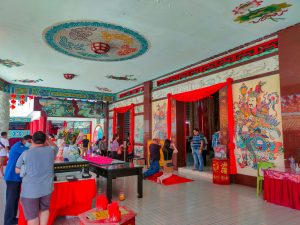
As time went on and COVID seemed to be beginning to recede, the traffic and crowds continued to increase. After staying at home for so long, people were desperately looking for a change of scene. Everyone was keen to travel and step out of their houses. The requirement for scanning the MySejahtera code on entering an establishment was soon done away with. Masks were first made optional outdoors while their use indoors was at the discretion of the owner of the premises; as we were a health sciences university and a healthcare facility we continued to use masks indoors. Masks were still required on public transport
It took me a long time to get used to wearing a face mask. Some masks were more comfortable than others. Most pull badly on your ear dragging it out of shape. During the early days, I often had to return home as I had forgotten my mask; today I find my attire incomplete without one. Wearing them for a long time in humid and hot weather was difficult. The mask becomes sweaty on walking a short distance in the heat and humidity and you smell and breathe in air tainted by sweat. A very uncomfortable feeling.
The pandemic generated fear and uncertainty. One had to be especially careful while traveling. I began to see people as potential sources of infection rather than as fellow humans. COVID had created a deep uneasiness within me.

Though vaccination has attracted some negative press I believe vaccines and the scientists and others who developed them deserve special thanks and appreciation. We were able to develop and deploy vaccines quickly within eighteen months of the outbreak. The new messenger RNA technology was deployed widely, and the vaccines retained most of their effectiveness against different variants of the virus. Vaccines have given us the freedom to open and live life in a more normal manner.
On one occasion, a soccer match was being held between two Malaysian states at the national stadium near my apartment. The train was fully packed with spectators, and though masks are mandatory while using public transport, I was worried. On another occasion, we boarded a crowded bus, and still more passengers were boarding at stops along the way. Today, however, I am less worried than I was six months ago and believe we may not see another big wave of infections.

The gradual opening up continued. The December 2022 outbreak in China created concern globally. Would we see a return to restrictions and stay-at-home orders? Luckily the line of defence created by clinical and subclinical infections and vaccination held and no dramatic global surges in infection rates was reported. I have also mostly overcome my fear of infection and now travel freely by following common sense precautions.
The pandemic led to the widespread adoption of digital technologies. More things can be done digitally today than ever before. At our university teaching sessions can be conducted online, and meetings can easily be held online. Most processes like applying for leave, reimbursement, submitting different forms, and accessing the library and other resources can be done virtually. In health professions education the pace of change has been dramatic due to sheer necessity. The world is now used to hybrid working.
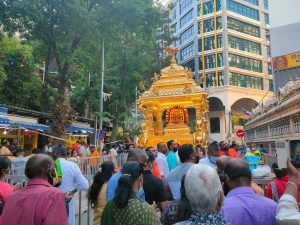
After a self-imposed slumber of over two years, the planet has awakened and is trying to make up for the lost time. The pandemic unfortunately may have pushed most of the world into recession. Can we come out of this dark period stronger than ever? And will we have to experience regular waves of future pandemics?
Only time will tell.

